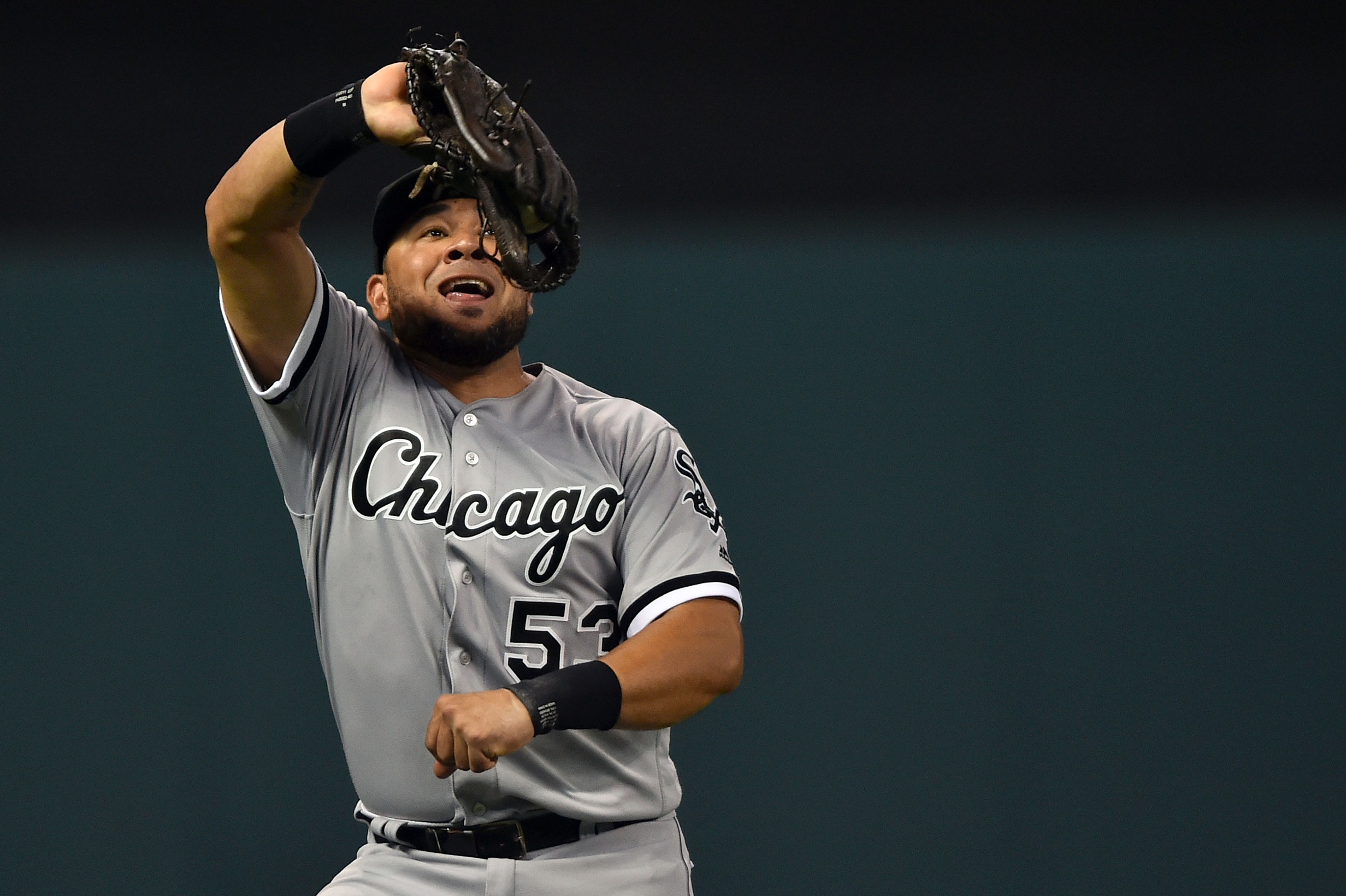It’s been a full week of checking in on cool national research and framing it around the White Sox, so let’s keep it going. Earlier this week, Travis Sawchik of FanGraphs wrote about the shrinking “middle class” of the league, and painted a picture of a player crop that was becoming increasingly divided between elite talents getting top dollar and pre-arb players making the minimum, with anyone in the middle viewed as an inefficiency to be avoided if possible.
Sawchik uses salary distribution graphs to make his point of the slow disappearance of mid-tier salary guys from the league, but we’d be wondering what was going on even without his help. As Jeff Passan points out, there’s a full major league roster worth of reliable, or at least playable veterans sitting around unsigned at the end of January. Across the league, teams are just more hesitant to pay market value for the assurance of competence when they could take a chance on finding it internally. Win or lose, they keep the payroll down.
It’s in this landscape that the White Sox offseason–able to trade elite talents under team-friendly contracts, but unable to move more traditional trade targets–makes a lot more sense. David Robertson has been less than stellar in his two years as White Sox closer, but still misses bats like a late-inning reliever. Yet the huge deals handed out for elite closers Aroldis Chapman, Kenley Jansen and Mark Melancon–even the large deal for Brett Cecil–never trickled down into demand for Robertson, because once the elite tier was claimed, teams switched their focus to trying to staff their pen cheaply rather than pay for a consolation prize, let alone one owed $25 million through 2018.
Typically solidly above-average contributors for their career, down years for Todd Frazier and Jose Abreu combined with high arbitration figures have dragged them out of desirable territory as well. Frazier would normally be a worthy upgrade over Chase Headley, or a rebounding Pablo Sandoval, but even the Yankees and Red Sox would balk at paying $12 million to secure him without it being a franchise-altering upgrade. 2014 Abreu might draw a bidding war, but a simply above-average first baseman cannot create significant demand in a crowded market where Edwin Encarnacion is available at discount, and slightly inferior options like Mike Napoli, Chris Carter and Pedro Alvarez could be had for bargain bin prices.
Despite a strong rebound season at the plate in 2016 (.270 TAv), Melky Cabrera might have it the worst of all. He’s a plus hitter for his career, but is a solidly below-average defender in the outfield and does not have the power to project to first base or designated hitter. While the Sox may have needed offensive competence more than anything when they signed him, the increased focus on outfield defense means most teams would rather try to get equal value for cheap by putting a plus-glove in a corner and taking a risk on production from the bat. I would pick Cabrera to have better offensive seasons out of Jarrod Dyson, Mitch Haniger and Jorge Soler, but the Mariners will pay barely over a fifth of his salary to Dyson and Haniger combined to try to form a super defensive outfield, and the Royals will take the risk of Soler being sub-replacement dreck for the chance that he clicks and they have a cost-controlled slugger.
That the Sox are so pot-committed to these veteran role players is part of the reason I felt it made sense to keep pushing to fill their remaining holes, but it could double as the philosophical reason why they are rebuilding, if not a contextual one that optimizes the pieces they already had. The rest of the league is moving on from slapping market value band-aids to cover up the gouges on the roster, so the Sox are trying to build a new roster that can heal from within.
Lead Image Credit: Ken Blaze // USA Today Sports Images

My first reaction from the FanGraphs piece was “This trend started 10 years ago, and the White Sox were the last to notice.”
I don’t know if that is a function of ownership being in place for over 30 years – certainly being behind trends isn’t unique to sports when business ownership is long in the tooth – or if its a function of the front office having such little turnover. (Would “the Sox way” have changed sooner if Jerry allowed Kenny Williams to interview for the Toronto job?)
I’m glad the Sox are trying a rebuild, I just wonder if this regime is going to do a modern rebuild or an old-school rebuild. It’s one thing to trade your two best players for AAA/AA-prospects, but if they’re looking for AAA/AA prospects for Melky and Frazier, they are doing it wrong. They need to get out in front of analytics and scouting and get A/low-A prospects for their vets.
Kyle Hendricks was in A ball when he was acquired for Dempster. Do the Sox have the front office capable of making those vets-for-low-minors trades? I’m leaning towards “no” since they have proven themselves to be so far behind the trends.